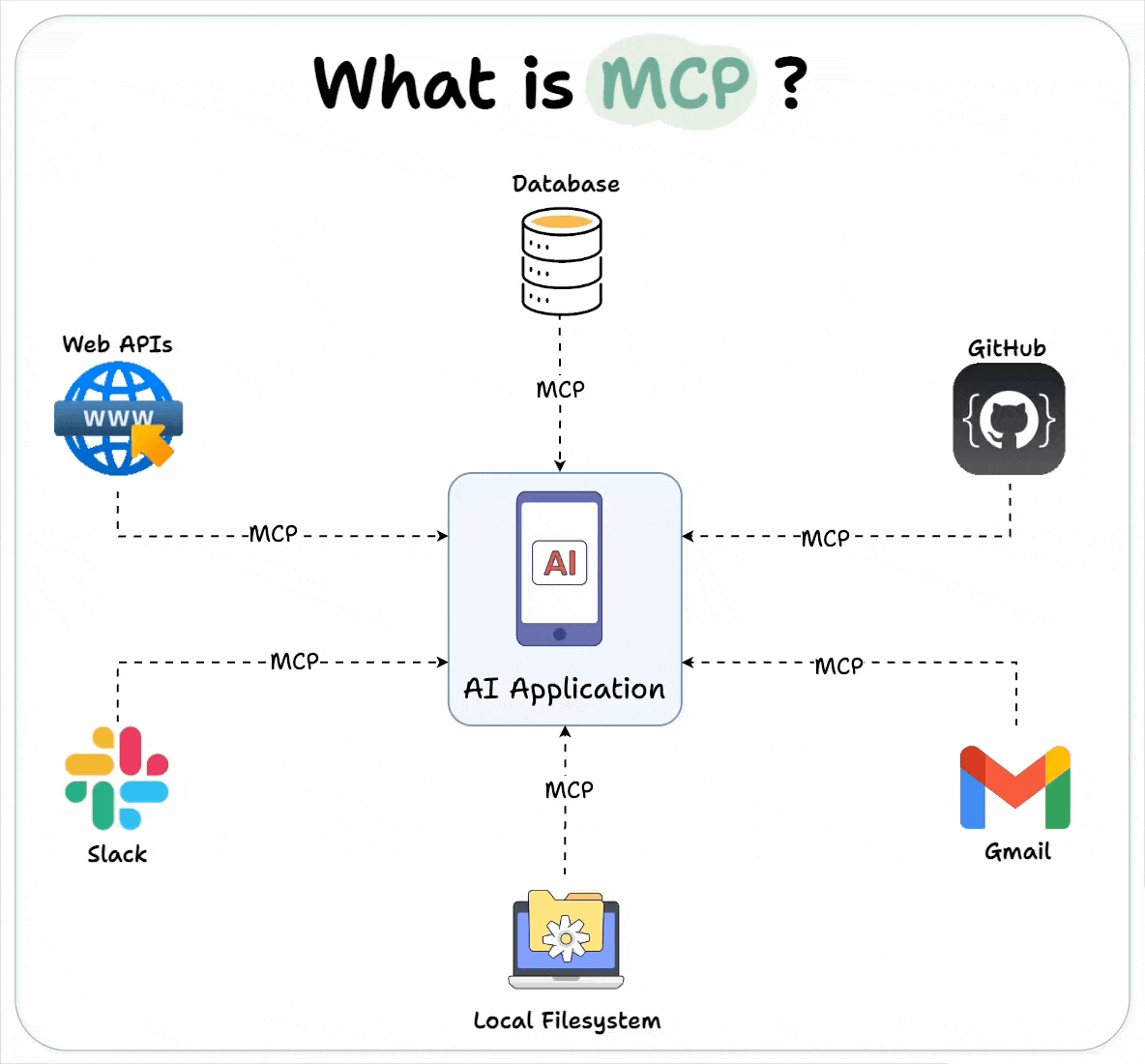As someone who’s spent a lot of time advocating for Infrastructure as Code (IaC), I’ve always had a love-hate relationship with cloud portals.
They’re convenient, sure — but also risky:
- ⚠️ Too easy to click
- ⚠️ Too hard to track
- ⚠️ Nearly impossible to reproduce reliably at scale
That’s why I embraced Terraform early on.
It gave me:
- ✅ Version-controlled infrastructure
- ✅ Team collaboration with shared ownership
- ✅ Repeatable, modular code I can reuse across environments
- ✅ Guardrails for governance, auditability, and policy compliance
🧱 But Even with Terraform, I Faced These 4 Roadblocks
- Reverse-engineering resources built in the Azure Portal
- Deploying Marketplace resources that don’t come with clean IaC examples
- Putting legacy, manually created infrastructure back under Terraform
- Resources not yet supported by the
azurermprovider
→ Often requiring AzAPI and writing raw ARM-style configs manually
Each of these slows down the IaC journey — and makes it harder to scale clean, maintainable infrastructure.
🚀 Then I Noticed Something New
While building a test environment in Azure, I spotted this:
👉 A ** Terraform”** tab in the Azure portal.
Click it, and Azure now generates ready-to-use .tf files —
even for:
- Azure Marketplace resources
- Some unsupported services (via AzAPI blocks)
🎉 Why This Matters
It means:
- 🔁 You can experiment quickly and still walk away with a Terraform template
- 🧱 The code might not follow the DRY principle — but it gives you a solid starting point,
which you can then refine using AI to meet your team’s coding standards - 🚀 You can begin codifying legacy resources without the boring translation work
- 🧩 You’ll even get help generating code for AzAPI resources, when
azurermhasn’t caught up yet
📎 Official Microsoft Announcement
🔗 Terraform Export from Azure Portal — Public Preview




